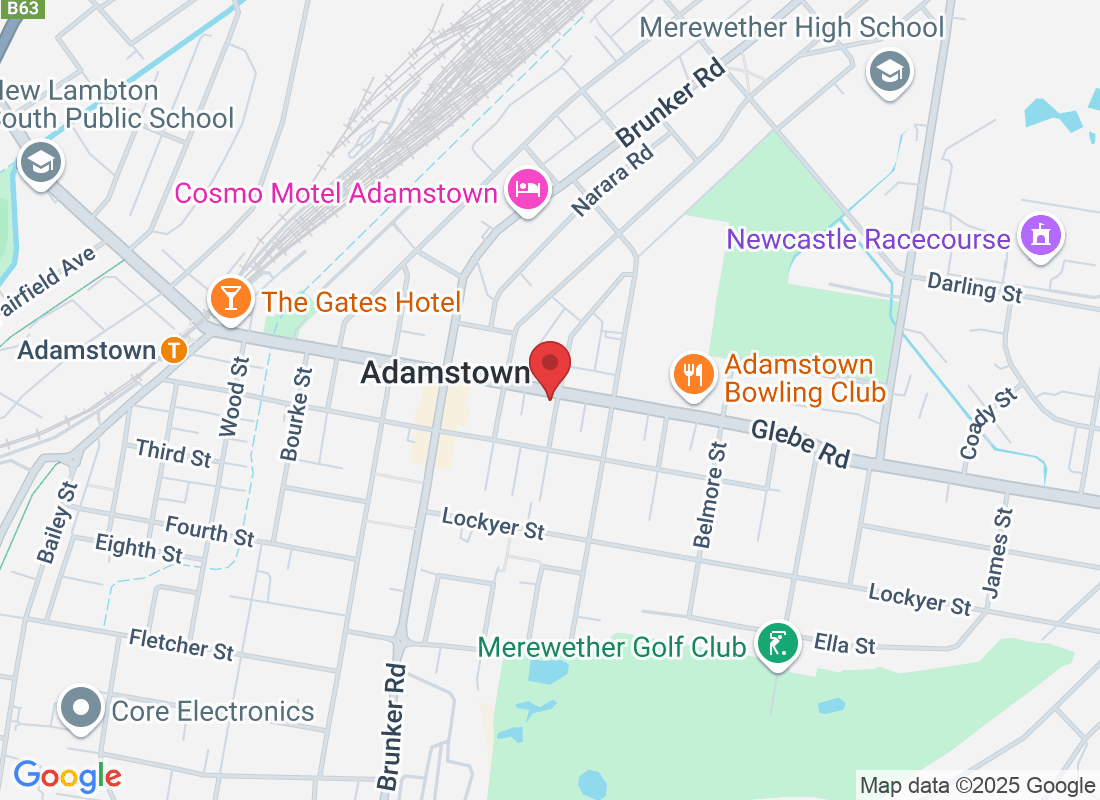
Muscle Tear or Muscle Strain? How Ultrasound Can Tell the Difference
Pulled a muscle and not sure how bad it is?
You’re not alone — muscle injuries are super common, whether you're playing sport, lifting something heavy, or just moving the wrong way.
But here’s the tricky part: it's not always easy to know if you've simply strained your muscle or if you've actually torn it.
At Sport and Spine Physio in Adamstown, we use Diagnostic Ultrasound to help take the guesswork out.
Let’s chat about the difference between a strain and a tear — and how ultrasound can help you heal smarter and faster.
Muscle Strain vs. Muscle Tear: What's the Difference?
At first, a muscle strain and a muscle tear can feel pretty similar — sore, swollen, maybe a bit bruised.
But they’re actually a bit different when you look closer:
Muscle Strain
A strain usually means the muscle has been overstretched or slightly damaged.
It can be uncomfortable, but the muscle fibres are mostly still intact.
Common signs:
Mild to moderate pain
Some swelling or tightness
You can usually still move the muscle, but it might hurt
Muscle Tear
A tear is more serious.
It means that some or all of the muscle fibres have actually ripped apart.
Tears can range from small partial tears to full thickness ruptures.
Common signs:
Sharp, sudden pain when the injury happens
Swelling and bruising that comes on quickly
Weakness or difficulty moving the muscle
In some cases, a noticeable lump or gap in the muscle
Why It’s Important to Know the Difference
Strains and tears need different treatment approaches.
If you treat a tear like a minor strain — pushing too hard or skipping the right rehab — you could delay healing or even make the injury worse.
Getting the right diagnosis early means:
A better idea of how long your recovery will take
A safer rehab plan to protect the muscle as it heals
Less risk of long-term problems, like re-injury or weakness
How Diagnostic Ultrasound Tells the Difference
At Sport and Spine Physio, we use Diagnostic Ultrasound because it lets us see inside the muscle, in real time.
Here’s how it works:
A small handheld probe is placed gently over the injured area.
Sound waves create a live image of your muscles and tendons.
We can spot swelling, fibre disruption, gaps, or bleeding — all signs that tell us whether it's a strain or a tear.
With ultrasound, we can:
Confirm if it’s a mild strain, a partial tear, or a full tear
See exactly which part of the muscle is injured
Estimate the severity and guide your rehab timeline
It’s fast, safe, and pain-free — and it gives us a much clearer roadmap for your recovery.
What Happens After the Diagnosis?
Once we know what’s going on, we can set you up with the right plan, which might include:
Early pain management (like ice, compression, and gentle movement)
Gradual strengthening exercises
Hands-on therapy to support healing
Education about when you can safely return to sport, work, or everyday activities
We’ll also monitor your progress — and we can use ultrasound again during your rehab to track how the muscle is healing if needed.
Final Thoughts
Muscle injuries can be frustrating, especially when you're not sure how serious they are.
But with the right tools — like diagnostic ultrasound — you don’t have to guess.
At Sport and Spine Physio Adamstown, we’re here to help you find out exactly what’s going on, create a clear plan, and support you through a full and confident recovery.
Injured a muscle and wondering if it’s a strain or a tear?
Come and see us — let’s take the guesswork out and get you on the right path back to strength.



